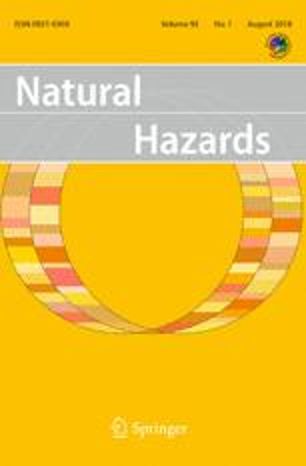Transhumanity.net Social Futurism & the Zero State.
This article is part of a series about the Mythos (worldview-narrative) underlying the Zero State (ZS). Part 1 is about our highest concept, ideal, and level of organization, which we call The Array. Part 2 explains the Sections & Sessions our core activity revolves around, and Part 3 (below) covers the Twelve Foundation Stones that form the basis of our story.
A previous article I wrote for Tnet mentioned the need for entertainment that gives people a strong sense of meaning and purpose in their lives, and introduced an idea known as the twelve “Foundation Stones” of the ZS-ARG Mythos. The Foundation Stones are the seeds of our unifying narrative. Each is the fragmentary initial story of one of the twelve ZS Houses, outlined very briefly below and spelled out in full in the forthcoming Black Book.
Before reading this article it is important to understand that it refers to the Zero State (ZS) Alternate Reality Game (ARG), and thus deals in metafiction. It is not a simple non-fiction article (obviously!) and will only make sense if you already know ZS, or follow some of the links above! This article draws – with thanks – upon text from the ZS wiki, some of which has been contributed by members of the various ZS Houses.





